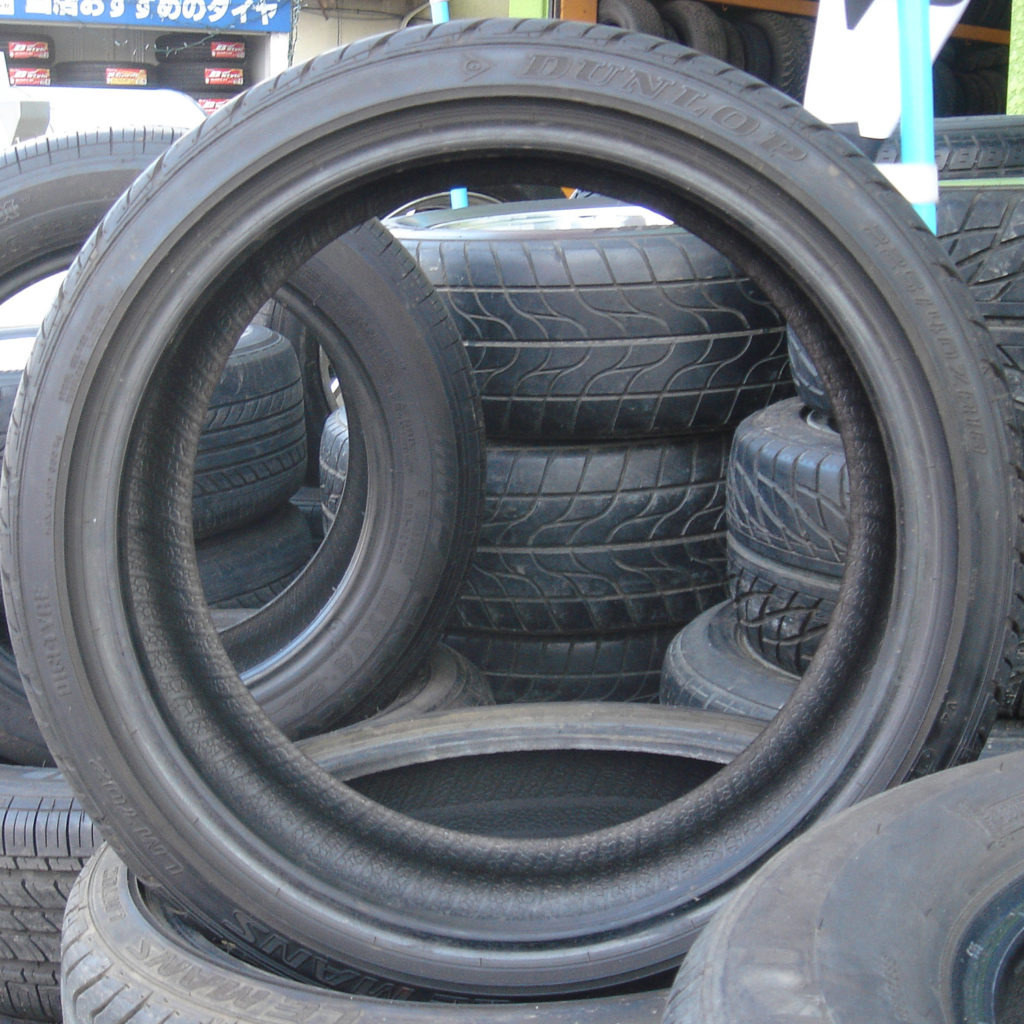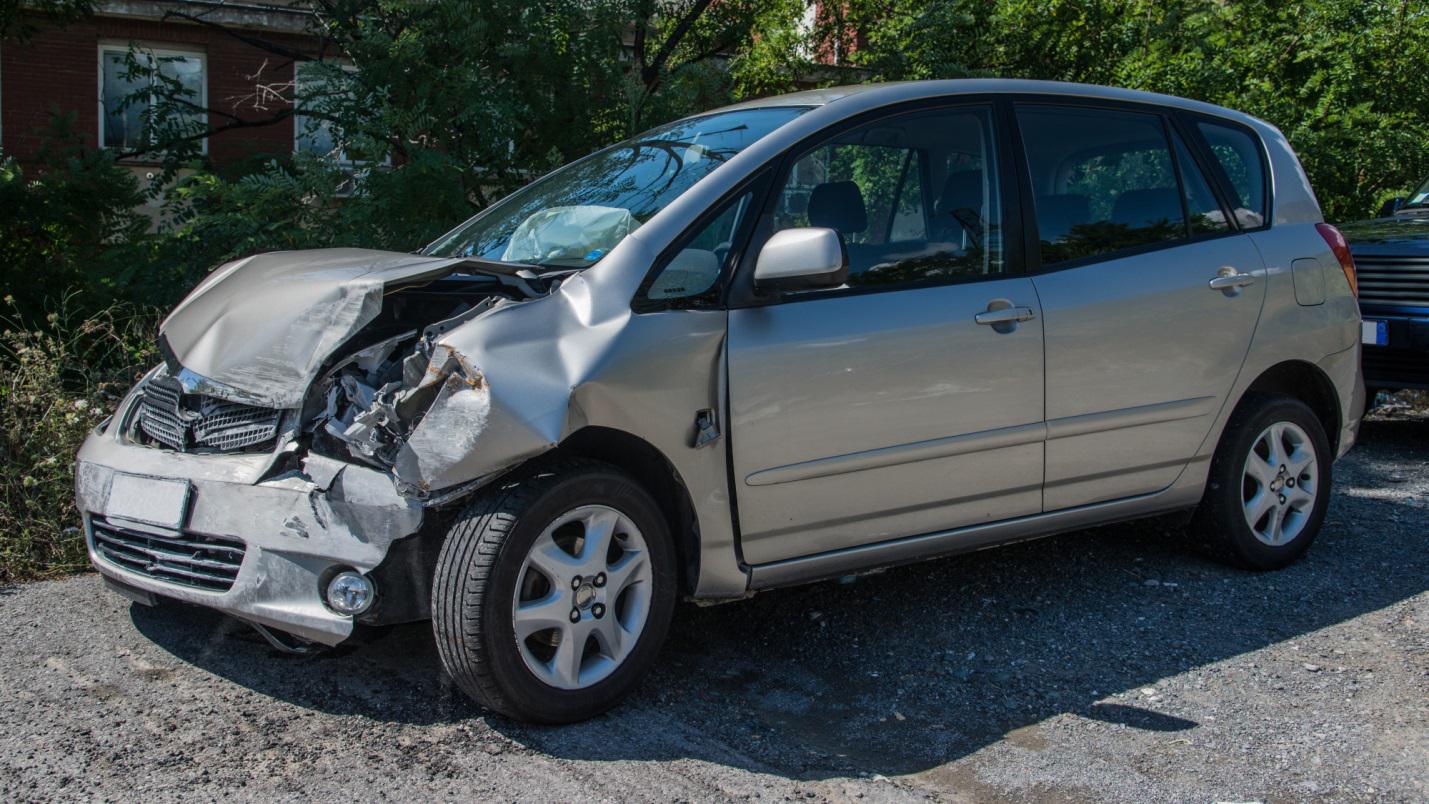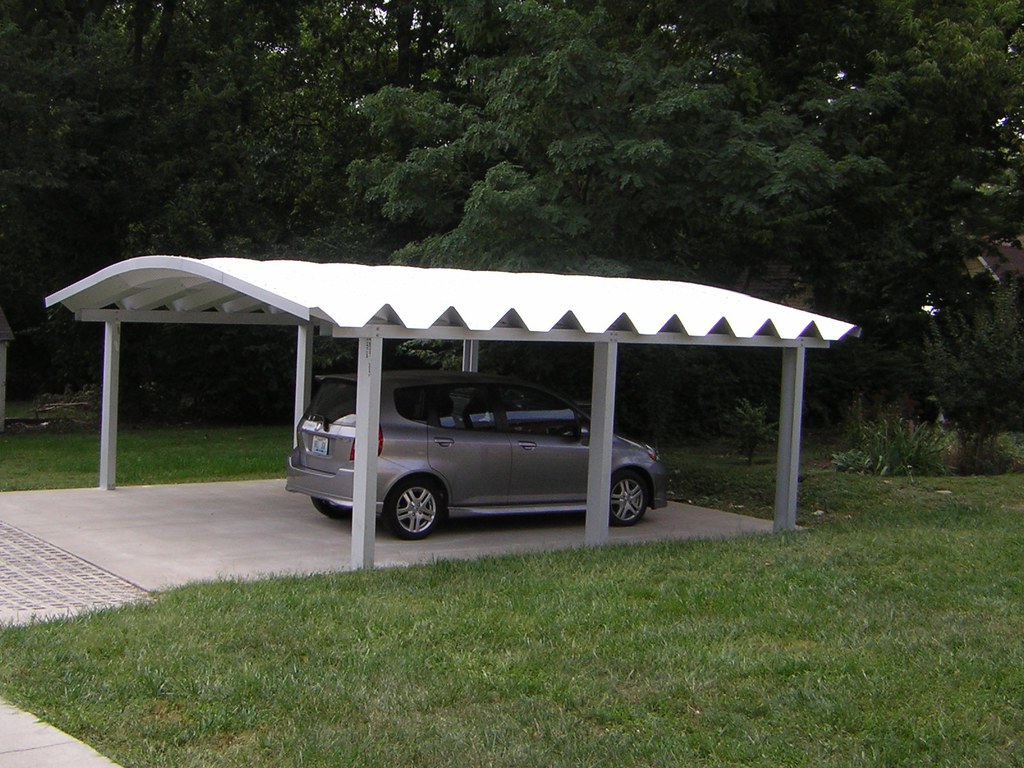
Tires are one of the most important parts of any vehicle. They support a car or truck’s weight, absorb the shock of different kinds of pavement and provide traction and braking. They are one of the main safety components of your car. A good set of tires should last for about 50,000 miles, depending on use. If you drive more often or drive in different road conditions, you may need to replace your tires sooner than that.
Prices for tires vary. Some makes and models run about fifty dollars per tire or less, while others can run around a hundred dollars or more per tire. Pricing generally depends on the make, model, manufacturer and tire specifications and features.
When you’re comparison shopping, you may find yourself asking, “are cheap tires the way to go?” You can find information online about this inexpensive option from Kumbo and other alternatives. You can also read reviews and customer satisfaction ratings.
Here’s a few things to consider when it’s time to get new tires for your vehicle:
1. Check your owners manual. One of the first things you’ll want to do is review your auto’s manual to find the recommended tire size and types to best fit your vehicle. This gives you a starting point when it’s time to replace them. From there, you can start to analyze different makes and models that meet your needs. Getting the right size tires can save you money in the long run.
2. Buy a full set. There may be times, such as a flat tire on a road trip out of town, where buying one tire at a time is okay. However, for best performance, you’ll want to buy a full matching set of tires all at the same time. This is not only cost-effective but also better for your vehicle’s suspension, handling and safety. Your car will run better and handle traction on different surfaces when all four tires are at the same tire pressure and tread size.
3. Check the spare tire. While you’re at it, check the condition of your car’s spare tire. If you need to replace it, you can probably get a good deal on a cheap tire or a used tire if you shop around. It’s something you hope that you never have to use, but it doesn’t hurt to have a quality spare tire on hand just in case.
4. Understand the tire codes. While tire codes may seem complex, they’re actually very easy. They’re also important to understanding the right kind of tire that you need. The first number is the tire width, which is measured in millimeters from one sidewall to the other. The second number is the aspect ratio. This is the percentage that the tire’s height is in relation to the tire’s width. For example, an aspect ratio of 35 means that the tire height is equal to 35 percent of the tire’s width. The last number is the wheel diameter. This is measured in inches. Now that you know the tire codes, you can make a more informed decision about the right tires to buy.

5. Look at speed ratings. The speed rating of a tire tells you how tires handle at different speeds. The higher the speed rating, the better overall control you will have when driving at faster speeds. Make your choice based on your own individual needs, but don’t select a tire speed that is rated lower than what’s recommended in your car’s owners manual.
6. Think about your driving conditions. Another factor to consider when replacing your tires is the kind of conditions that you drive in regularly. Different tire models are designed for different driving patterns, such as daily commutes on the highway, off-road driving and driving in inclement weather. Each kind of tire has its own unique benefits, so choose carefully.
7. Look at tire features. When shopping for new tires, you’ll also want to look at different performance features, such as:
– Rolling resistance
– Ride comfort
– Tread style
These factors and others can help you choose the right set of tires for your vehicle. You may also want to check into the different tire warranties that are offered by manufacturers. You want a good set of tires that you can get the most use out of, but it’s also important to have a good mileage warranty that effectively covers your tires from any possible defects in tire workmanship or materials. Some retailers even offer hazard insurance for an additional charge. This will protect you from paying extra replacement costs should your tire be damaged by rough terrain or obstacles in the road.
8. Realize how tire sizes affect performance. You can opt for larger tires for a more customized look for your vehicle. Just keep in mind that using tires that are larger than the sizes recommended in your vehicle owners manual can affect your car’s performance. Make sure that any tires that you buy can achieve the top speed rating according to your manual and that it can effectively handle the car’s weight.
9. Know when it’s time to replace your tires. One easy way to know when your tires need to be replaced is the “penny test.” Put a penny into the tread of each tire so that the head of Abraham Lincoln is facing the tire tread. If his head is NOT partially hidden by the tire tread, then it’s time to replace the tire. If you can’t see Lincoln’s head, then your tires are still okay to use.
These are just a few factors to keep in mind when you are shopping for new tires. Cheaper tires may be a good option, depending on the kind of vehicle you own, how many miles you drive on average every year and the kinds of terrain that you drive on. Shop carefully, and don’t forget to read reviews and ask product questions when necessary. Tires are an important investment in your car’s investment, so make sure you have the right ones that meet your needs and keep your car on the road for years to come.








